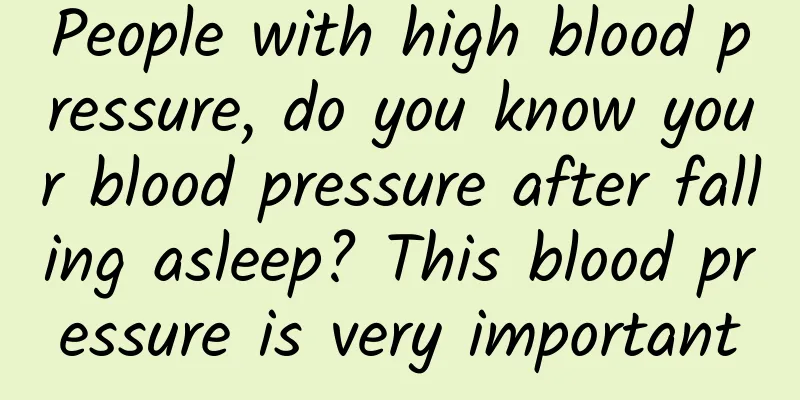Tips for high heels falling off

|
There are many types of shoes, and different shoes have certain differences in the feeling and appearance when worn. Generally speaking, high heels are girls' favorite, and there are many clothes that can be matched with high heels. However, high heels often have some problems, such as the heel falling off. This situation can be solved in some ways. So what is the secret recipe for high heels falling off? The current technology is to embed a small iron rod on that small piece of thing. There is a small tube on the heel. The rod with teeth is driven into the tube and it will not fall off. After it is worn, just pull it out and drive another one in. But don't let it wear too severely, otherwise it will be difficult to replace.The heels of high heels can be repaired if they fall off. The connection and fixation of the heel to the sole is achieved by driving nails from the inside of the sole into the heel, thereby connecting and fixing them together. The reason for the breakage is probably that the heel is kicked hard when walking, causing the fixed nails to be pulled out, resulting in a loose connection and cracks. If the situation is serious, the high heels will break. Sprained ankle: The ideal heel height should not exceed 2 inches, otherwise it is very easy to cause ankle sprains. If you need to walk for a long time, it is best to choose shoes with more stability, lower heels and as wide as possible. Muscle tension: Studies have shown that women who frequently wear high heels may experience shortening and strain in their calf muscles.Blisters and calluses: High heels are more likely to cause blisters and unsightly calluses on your heels. When buying shoes, you must pay attention to whether they fit your feet. If the heel feels uncomfortable, you must not buy them. They will not become comfortable after wearing them for a long time. Hallux valgus: Although hallux valgus is largely inherited from the mother, wearing high heels can cause the onset and aggravation of hallux valgus. Toe deformity: Pointed shoes such as high heels can flatten your toes due to their pointed heads. Plantar fasciitis: High heels, flip-flops and ballet shoes will cause the soles of the feet to lack support, which can lead to local muscle strain and local fascia inflammation. The pain is obvious when you wake up in the morning. In severe cases, you may even feel pain when standing and resting.Back and knee pain: High heels can change your stride, making it shorter and more powerful even when you're not wearing them, which can cause strain on the knees and back, leading to back pain and knee pain. |
<<: Dark brown discharge during early pregnancy
>>: Brown blood in 4 months of pregnancy
Recommend
What should I check if I can't get pregnant with my second child?
With the relaxation of these national policies, t...
Comment: Is there a major outbreak of mycoplasma infection in China? Maybe it’s just an illusion
Since the beginning of autumn, there have been co...
There is still light bleeding after menstruation
Menstruation is a common physiological reaction i...
Is constipation a sign of impending labor?
Pregnant women in the late stages of pregnancy of...
What medicine can stop menstruation immediately?
It is inevitable for female friends to have menst...
If there are few “half moons” on the nails, does it mean that your body is unhealthy?
There are many rumors about the half-moons on the...
Precautions for abortion
Abortion is very common. This type of surgery doe...
How to choose rose tea? When is the best time to drink rose tea?
Dried rose buds are used, 5 to 7 rose buds are us...
What to do if you have back pain during early pregnancy?
I believe everyone is familiar with the symptom o...
Suddenly the world was spinning. What happened?
Author: Wang Ningyu, Chief Physician, Beijing Cha...
After I was done, I started bleeding.
Vaginal bleeding after sex is a common phenomenon...
Is it normal to have no fetal heartbeat or embryo at 6 weeks of pregnancy?
After getting married, when the relationship is s...
What are the dangers of drinking coffee during menstruation?
During menstruation, there will be some changes i...
Causes of blood clots in the uterus
I believe that female friends are all helpless ab...
What to eat in the second week of confinement
Women's bodies usually suffer from lack of bl...









